OEM和EMS的挑战——LG公司应该为其低端手机寻找原始设计生产商(ODM)


现在,制造商必须提供定位明确的产品,并尽可能迅速的对市场做出反应。和许多公司一样,LG公司的手机事业部遇到了一个令人挠头的挑战:如何既保持较高的盈利能力和竞争优势,又能在日益重要的低端手机市场上不断扩大自己的市场份额?
和诺基亚、摩托罗拉、索爱相比,LG自己生产了97%的手机,而不是将其业务外包。而LG仅仅将自己27.3%的生产设备放在发展中国家,又远远低于它强大的竞争对手。显然,要争取中国、印度以及拉丁美洲那些发展中国家的新兴手机市场的市场份额,LG必须更好的利用那里廉价的劳动力和元器件。但是,如果靠自己建厂或转移生产线,那么耗费的时间成本必然导致LG被竞争对手远远落下。因此,它最好的选择就是和原始设计生产商(ODM)联合起来,让ODM帮助自己快速切入低端市场,而自己则集中攻克那些高端市场。
OEMs and EMS
LG Should Look to ODMs for Low-End Mobile Phone Production
Rapidly expanding market requires the focus and quick response offered by contract manufacturers
By Jeffrey Wu
LG Electronics now faces a challenge shared by many companies: How can it expand its mobile-phone business in the increasingly important low-end segment of the market—while simultaneously maintaining its overall profitably and improving its competitiveness? While the South Korean electronics company has several options, its best course of action is to engage with Original Design Manufacturers (ODMs) for inexpensive phone manufacturing, iSuppli Corp. believes. This will allow LG to make a quick entry into the low end of the market while freeing it to pursue the high end segment.
Taking the low ground
In recent weeks, many mobile-phone OEMs either have announced or reaffirmed their plans to launch low-cost phones to tap fast-growing emerging regions. For leading mobile-phone OEMs, including LG, it is now not an issue of whether they should penetrate the low-end segment, but an issue of how they can do so competitively and profitably. {{分页}}
Why is the low-end mobile-phone market in emerging regions so key to OEMs?
One reason is that mobile-phone subscription penetration in emerging regions such as India, China and Latin America is much lower than in North America, Western Europe and some East Asian countries. Low penetration implies high market potential, and the increasing purchasing power in these developing countries will translate into robust demand for mobile phones—especially low-cost models—in the near future.
Figure 2 presents mobile-phone subscriber penetration in various countries and regions.
In light of the low penetration rates across these densely populated countries, the GSM Association launched the Emerging Markets Handset Program in early 2005 to help accelerate sales of mobile phones in these regions. Motorola Inc. won the program and will supply 6 million units to these countries under this contract.
Motorola aimed to offer handsets priced at less than $40 in these countries in 2005, and plans to reduce the price to less than $30 in 2006.
Imaginably, other OEMs also are strategizing their approaches to targeting these underserved markets.
LG’s next move?
Traditionally, LG Electronics has focused more on the high-end segment, characterized by richer phone features and fancier functions. This has allowed it to heighten its brand positioning and to charge premiums for its products.
While this is not an uncommon approach for a new entrant, once the strategy proves successful, the company must assess whether it will want to propagate its products to the lower-end segments, and if so, how.
Therefore, LG needs to evaluate whether it wants to stay in the high-end segment only and operate within a smaller scope—or gradually expand to the entry-level segments and increase its overall scale.
iSuppli research indicates that Nokia and Motorola are widening the gap between themselves and their competitors. However, Sony Ericsson remains a close rival to LG.
Table 1 presents iSuppli’s estimate of OEM mobile-phone market share in 2005.
Table 1:
Table 1: Top-10 Mobile Phone OEMs in 2005
(Ranking by Unit Shipments)
|
2005 Ranking |
Company Name |
2005 |
|
1 |
Nokia |
32.6% |
|
2 |
Motorola |
18.0% |
|
3 |
Samsung |
12.7% |
|
4 |
LG Electronics |
6.8% |
|
5 |
Sony Ericsson |
6.3% |
|
Source : iSuppli Corp. | March 2
| ||
Therefore, iSuppli believes that if LG wants to further expand its market share and maintain its competitive position in the mobile-phone industry, it will need to deepen its penetration in the entry-level segment.
LG recently indicated that its first low-cost phones would be priced in the $50 to $60 price range. However, compared with the aggressively priced phones from Nokia or Motorola in the $30 to $40 range, LG’s first low-cost phones are only half-baked.
Different scenarios for LG
LG in 2005 manufactured more than 97 percent of its mobile phones in its own facilities. Compared with those of Nokia, Motorola and Sony Ericsson, the percentage of in-house production for LG is extremely high. In other words, LG in 2005 outsourced only very limited volume, at about 3 percent of its annual shipments, to contract manufacturers.
Moving forward, is LG’s current in-house operation able to support the increasing demand for low-cost phones? If not, what can LG do?
The offshoring option
One choice for LG is to accelerate the shift of its production capacity to low-cost countries. {{分页}}
Table 2 compares the estimated capacity allocation of in-house facilities of BenQ Mobile, LG, Samsung and Sony Ericsson across different regions of the world. Note that not all OEMs listed have facilities in every country mentioned under each category. The majority of these OEMs’ capacity in low-cost countries is located in China.
Table 2: Capacity Allocation for In-House Facilities of BenQ Mobile, LG, Samsung and
Sony Ericsson in Various Global Regions
|
|
BenQ |
LG |
Samsung |
Sony |
|
Low-Cost Countries (Brazil, China, Hungary, India, Mexico, Vietnam) |
73.7% |
27.2% |
75.2% |
100% |
|
Mid-Range Countries (Korea, Singapore, Taiwan) |
5.3% |
72.9% |
24.8% |
|
|
High-Cost Countries (Finland, Germany, U.S.) |
21.1% |
|
|
|
|
Source : iSuppli Corp. | March 2 | ||||
As shown, LG has only 27.2 percent of its capacity in low-cost countries, which is the lowest figure across the board. Therefore, from a production standpoint, LG is not well positioned for low-cost manufacturing, although it has been consolidating its manufacturing bases in Korea.
Some wonder why it is critical for manufacturers to shift their low-mix, high-volume production to low-cost countries, arguing that the production processes are highly automated.
iSuppli suggests that the shift is not only about cheap land and labor, but more importantly about access to a cost- competitive parts and components supply chain.
The fast-growing electronics manufacturing industry in China has enabled the development of suppliers of mechanical parts and most non-proprietary electronic components that go into these electronic products. Therefore, access to these manufacturing externalities is what drives companies’ decisions to shift their capacity to low-cost countries, especially China.
If LG is to continue to conduct most of its mobile-phone production in house, it will have to shift more of its manufacturing capacity to China. However, this process may take a couple of years, which could delay LG’s plan and erode its position in the marketplace.
Putting out a contract
The other option is for LG to start utilizing contract manufacturers to shorten its time to market for the launch of cost-competitive phones in emerging markets.
Contract manufacturers, especially ODMs, might provide a timely and feasible solution for LG’s entry-level mobile- phone production. For example, Taiwan-based Compal Communications and Arima Communications have been designing and manufacturing entry-level phones for OEMs for a couple of years.
Complementary moves by chip suppliers further reduced the entry barrier for wireless handset ODM services. To address the demand in emerging markets, all chip suppliers engage themselves in developing chip solutions that would contribute to cost-saving efforts.
For example, Infineon in February announced a new chipset that incorporates three previously separate chips— baseband, radio frequency transceiver and power management—into one single chip, which would in turn reduce the costs associated with material, design cycle and manufacturing process.
These developments at chip suppliers, along with increased volume outsourced to ODMs, have strengthened the ODMs’ position in the wireless handset supply chain.
LG’s best bet
Based on the aforementioned analyses, iSuppli believes that if LG were to stage a full-court press in the entry-level segment, it should consider working with ODMs rather than attempting to produce low-cost phones on its own.
By outsourcing low-cost phones to ODMs, LG will be able to focus its resources on developing high-end phones that provide consumers with the most appealing features and the latest technology. As other companies consider their low-cost phone strategies, they would be wise to follow this example, iSuppli believes.
Jeffrey Wu is an analyst, EMS and ODM services for iSuppli Corp. Contact him at jwu@isuppli.com



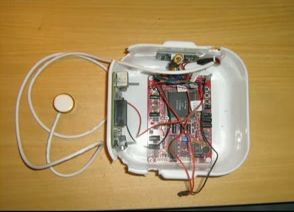
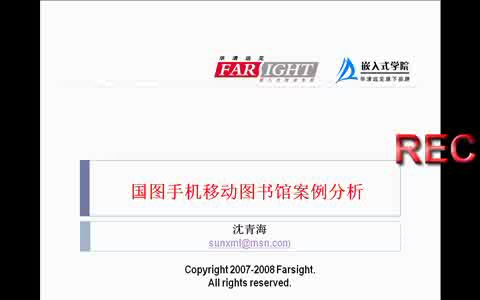
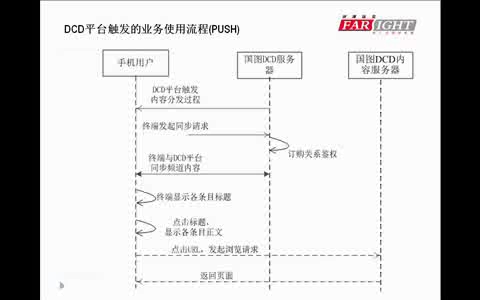

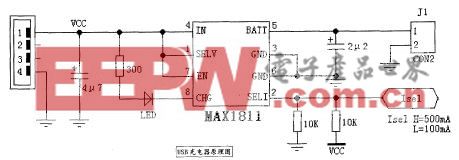


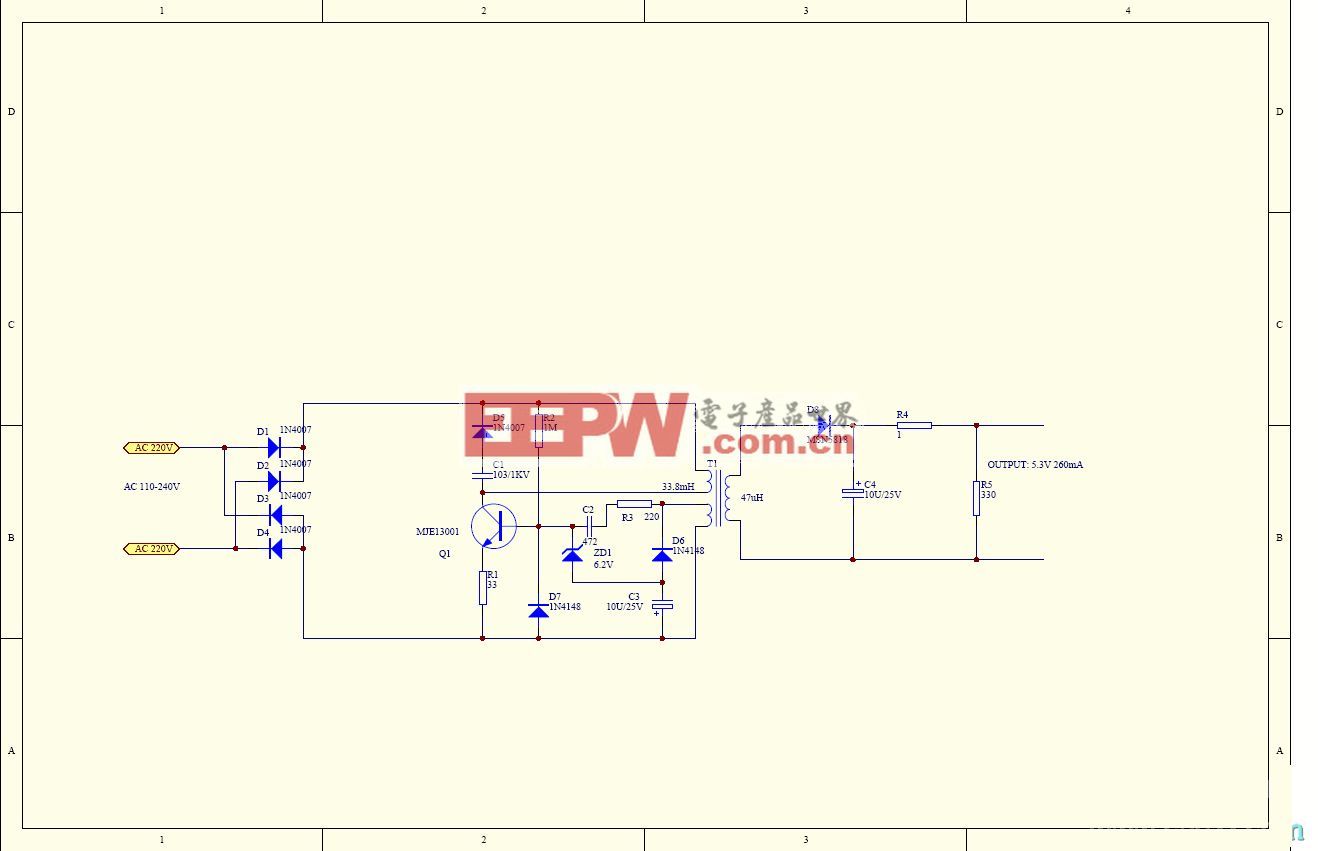
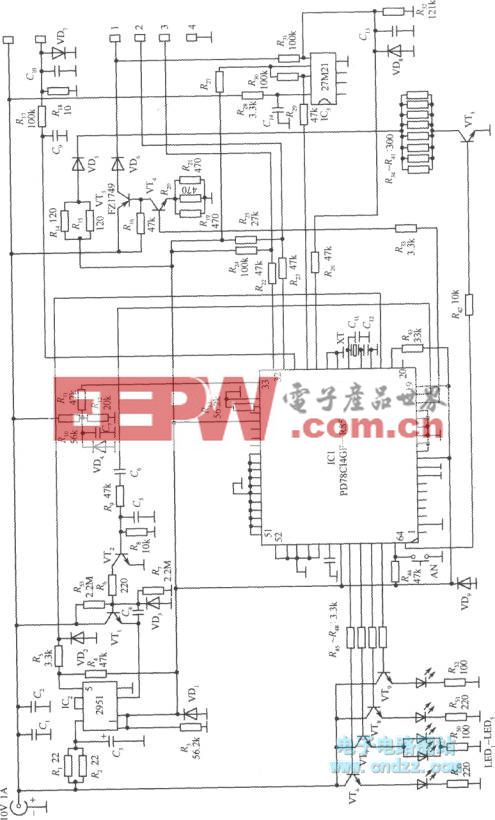
评论